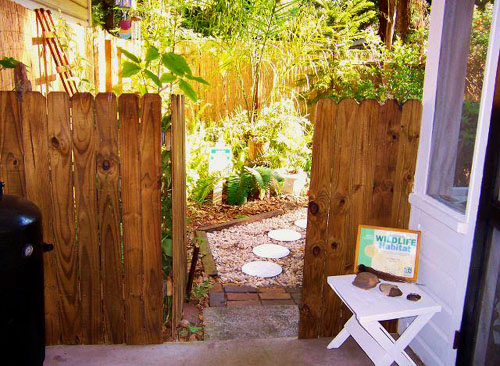FNPS 2013 Conference Field Trips: UNF's Sawmill Slough Preserve and Biological Sciences Building

By Chuck Hubbuch and John Boozer, respectively Sawmill Slough Preserve The University of North Florida (UNF): a finely blended fusion of academics and nature; students across the country and world come here to relish its evergreen serenity. Students, during their busy bustle going from class to class and desperately trying to remember the freshly implanted principles from the previous day, can find themselves retreating their minds to the harmonic synthesis of the wind, trees, and animals in order to ‘get away’ for just a moment. The University of North Florida is the perfect place for the nature lover, and equally so, the rigorous student. Since the campus’s construction in the early 1970’s, it was widely recognized that UNF’s location was uniquely positioned in the middle of forest; therefore, UNF has striven to maintain its commitment to nature and the environment. The University has been continually recognized as a sustainable campus by institutions such as the Princeton R...



